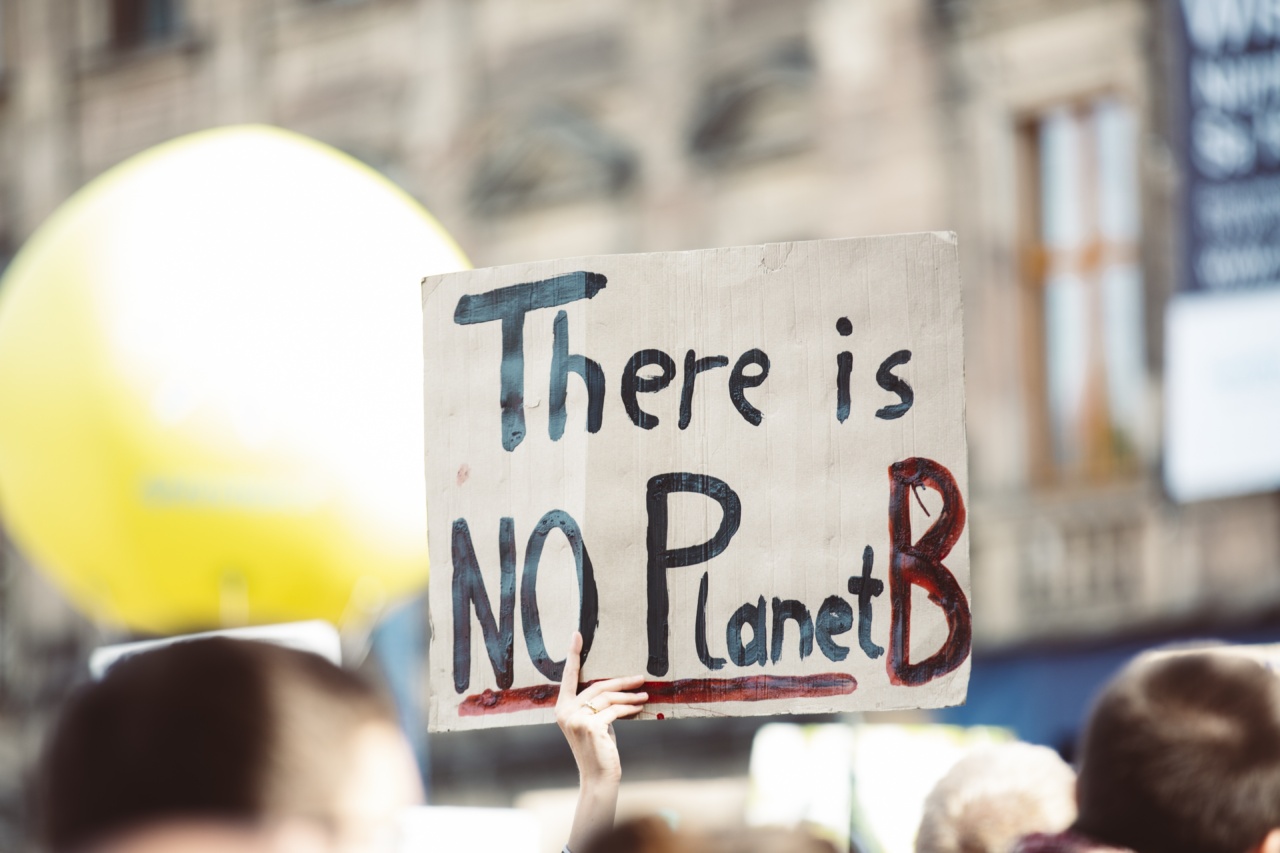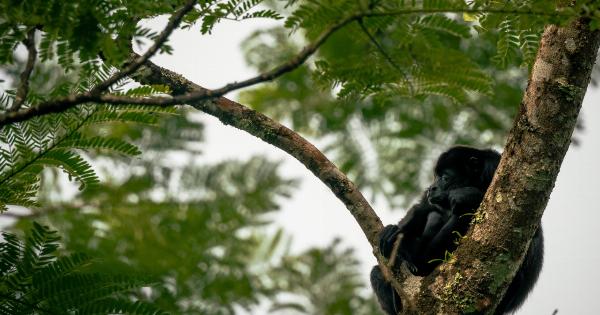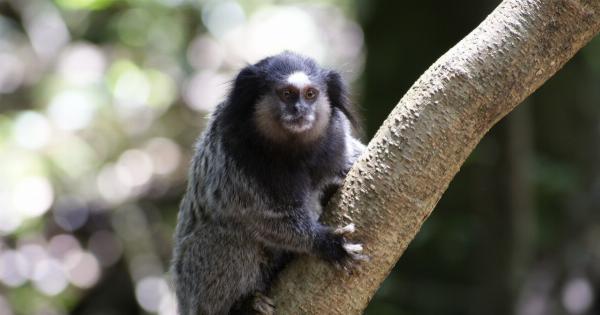Climate change is undoubtedly the biggest issue humanity is facing in the 21st century. It has brought about extreme weather events, rising sea levels, and loss of biodiversity.
However, it is not just the environment that is being affected by climate change; public health is also at risk. One of the most significant threats to human health is the rise of pandemics. Climate change is increasing the likelihood of pandemics, with potentially disastrous consequences for global health. Here’s how:.
1. Climate change is altering ecosystems
The effects of climate change are undermining ecosystems that support biodiversity. As the temperature rises, ecosystems are being transformed, with many species being forced to shift their ranges in search of suitable climates.
This is resulting in the loss of biodiversity, which is providing ideal opportunities for new diseases to emerge. A disease that affects one species can quickly jump to another that it has not encountered before, leading to pandemics. Climate change is creating the perfect storm for new diseases to emerge and spread rapidly around the world.
2. Climate change is increasing the spread of vectors
Vector-borne diseases, such as dengue fever and malaria, are transmitted to humans by insects like mosquitoes and ticks.
Climate change is increasing the spread of these vectors, as rising temperatures and changes in rainfall patterns create ideal breeding grounds for these insects. This is leading to an increase in the incidence of vector-borne diseases, with many countries reporting a rise in cases of dengue fever and malaria. As these diseases continue to spread, there is a significant risk that they could trigger pandemics.
3. Climate change is increasing the frequency of extreme weather events
Climate change is causing extreme weather events such as floods, hurricanes, and wildfires to occur more frequently and with greater severity. These events displace people, damage infrastructure, and kill or injure people.
Displacing people can result in overcrowding, which can increase the risk of the spread of disease. Damage to infrastructure such as hospitals and clinics can make it harder for people to access healthcare. As such, these extreme weather events can contribute to the spread of pandemics.
4. Climate change is increasing water-related diseases
Climate change is leading to more frequent and severe droughts, which can affect the quality and quantity of drinking water. The lack of access to clean drinking water can lead to the spread of water-related diseases such as cholera and hepatitis A.
As such, climate change is increasing the incidence of water-related diseases and increasing the likelihood that these diseases could lead to pandemics.
5. Climate change is increasing food-related diseases
Climate change is affecting agricultural productivity, which can result in food shortages. Food shortages can lead to malnutrition and weakened immune systems, making people more susceptible to diseases.
Food shortages can also lead to unsafe food practices, such as the consumption of raw or undercooked food, which can result in the spread of food-related diseases. As such, climate change is increasing the likelihood of the spread of food-related diseases and increasing the risk of pandemics.
6. Climate change is causing the spread of zoonotic diseases
Zoonotic diseases are diseases that are spread from animals to humans. Climate change is causing the loss of habitats for animals, which is bringing humans and animals into closer contact.
This increases the likelihood that diseases will be transmitted from animals to humans. As such, climate change is increasing the risk of zoonotic diseases and increasing the likelihood of pandemics.
7. Climate change is amplifying the effects of global travel
The global travel industry is expanding, and more people are traveling to different parts of the world. This increases the likelihood that diseases will be spread across borders.
Climate change is amplifying this effect by creating new opportunities for disease transmission. As such, climate change is increasing the risk of pandemics by amplifying the effects of global travel.
8. Climate change is undermining public health infrastructure
Climate change is putting a strain on public health infrastructure, which is struggling to cope with the growing burden of disease.
Rising temperatures are increasing the demand for healthcare services, while extreme weather events are damaging hospitals and clinics. As such, climate change is undermining public health infrastructure, which is making it harder to respond to the threat of pandemics.
9. Climate change is creating new opportunities for bioterrorism
Climate change is creating new opportunities for bioterrorism, which could trigger pandemics. Rising temperatures are creating new opportunities for the growth and development of bioterrorism agents.
As such, climate change is increasing the risk of bioterrorism and increasing the likelihood of pandemics.
10. Climate change is eroding social resilience
Climate change is having a profound impact on the mental health and wellbeing of people around the world.
Rising temperatures, extreme weather events, ecosystem destruction, natural disasters, and food insecurity are all contributing to mental health challenges. As such, climate change is eroding social resilience, which is making it harder for people to cope with the threat of pandemics.
Conclusion
Climate change is a significant risk to public health, and its impact on pandemics cannot be underestimated. It is essential that global leaders act urgently to mitigate the impact of climate change and prevent new pandemics from emerging.
This requires a concerted effort to reduce carbon emissions, protect biodiversity, and strengthen public health infrastructure. Only by working together can we hope to prevent the catastrophic consequences that climate change and pandemics could have on global health.




























